Creating a SaaS product that dazzles is no easy feat. Charging users can be an even more daunting task. That’s why having a robust SaaS monetization strategy is vital.
In this blog post, we’ll share eight ways of charging your SaaS customers. We’ll give you an overview and real-life examples of each one.
Here’s what we’ll cover:
- An explanation of why choosing the right SaaS monetization strategy is key
- A list of eight SaaS monetization strategies
- A list of tactics you could be using right now to improve your SaaS monetization
Let’s get started.
Why having the right monetization strategy is so important
Choosing the right way to make money from your SaaS product is key to keeping your operations up and running. Simply put, it's like finding the sweet spot where your product's value meets what your customers are willing to pay.
When you get this right, it sets off a chain reaction of benefits:
- Steady revenue: A solid monetization plan means finding a fair price while keeping your business healthy. This consistent revenue allows you to invest back into your product, team, and growth initiatives.
- Happy customers, happy you: When customers see the value in what they're paying for, they're less likely to jump ship to a competitor. This means you're not constantly scrambling to replace lost business.
- Standing out in the crowd: Clever pricing can make you stand out. A unique pricing approach can attract customers and give you a competitive edge. This will depend heavily on your service, but it pays off to be creative here.
Key monetization strategies for SaaS
1. Subscription-based pricing
Subscription-based pricing is a model where customers pay a recurring fee. Users are typically charged monthly or annually to access your SaaS product. This method gives companies a predictable revenue stream and helps them build long-lasting relationships with customers.
Here's a breakdown of how this SaaS monetization strategy works:
- Pricing tiers: You can create different subscription levels, each offering varying features. This lets you cater to different customer segments, from individual users to large enterprises.
- Recurring billing: As mentioned before, customers are automatically billed at regular intervals. This ensures a consistent revenue flow for your business.
- Value proposition: The key to success with this monetization strategy is to communicate your product’s value clearly. This could be time saved, increased productivity, or access to exclusive features.
- Customer retention: By continually providing value to your product, you can encourage customers to renew their subscriptions. This leads to higher customer lifetime value.
Example: Adobe Creative Cloud

Adobe Creative Cloud is a great example of successful subscription-based pricing in the SaaS industry.
Users pay a monthly or annual fee to access creative tools like Photoshop, Illustrator, and InDesign. This provides Adobe with a reliable income source and allows them to update and improve their software offerings continuously
2. Usage-based pricing
Usage-based pricing is a SaaS monetization model where customers are charged based on how much they use your product. Fees are based on the number of transactions made, API calls, or messages sent.
Here's how it works:
- Billable events: Instead of a fixed fee, customers are billed based on their actual usage of the product. This is done by tracking individual billable events, which are counted and reflected in each bill.
- Fairness and transparency: This model aligns the cost with the value customers receive. Those who use the product more will pay more, while those who use it less will pay less. This perceived fairness can be a strong selling point.
- Adaptability: Usage-based pricing offers flexibility for both customers and businesses. Customers can scale their usage up or down as needed, and businesses can adjust their pricing based on demand or resource availability.
Example: Twilio
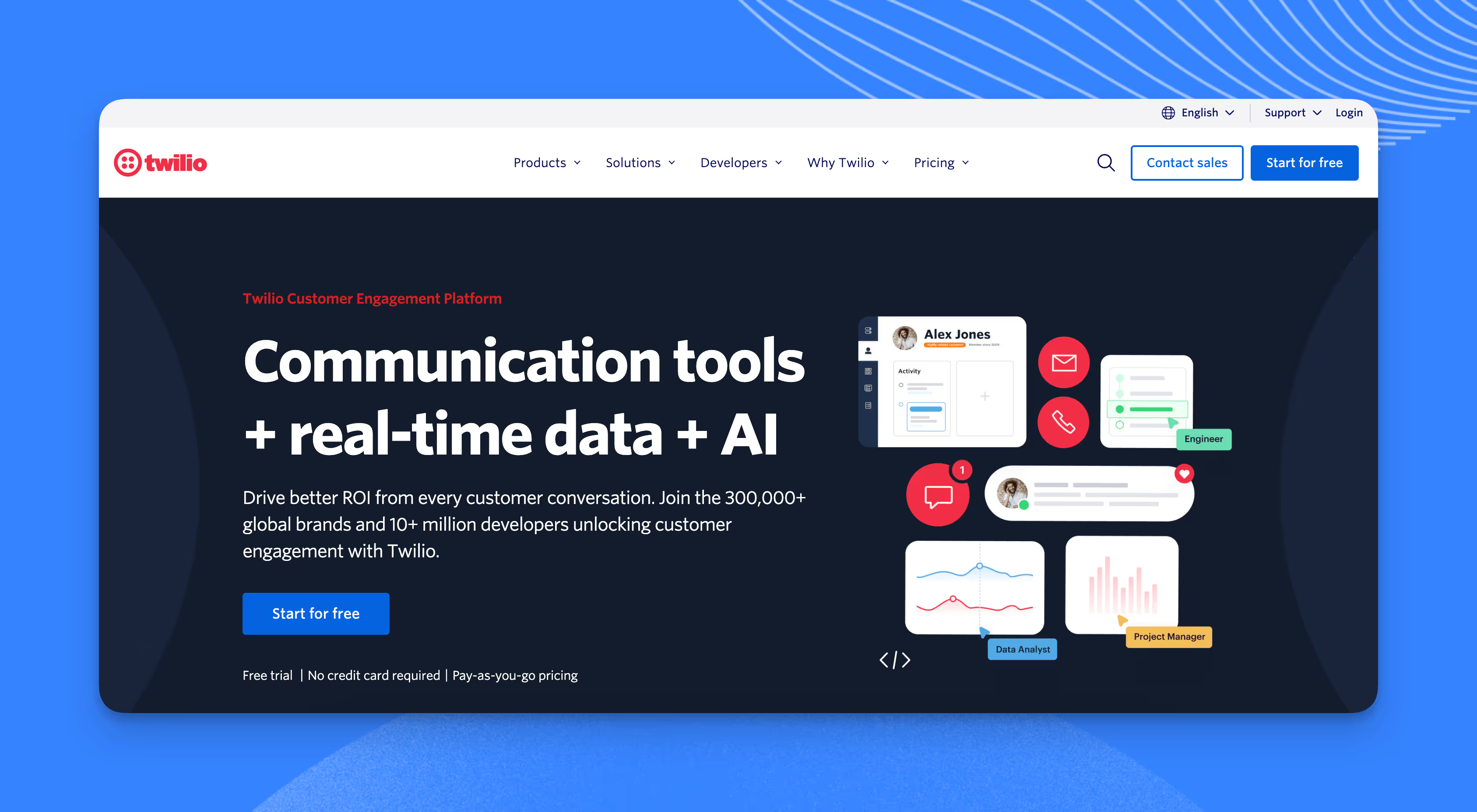
Twilio, a cloud communications platform, uses a pay-as-you-go model. This is a type of usage-based model.
Twilio charges customers based on the number of text messages and phone calls they use. This model allows Twilio to cater to many customers, from small businesses to large enterprises.
3. Freemium model
The freemium model is a SaaS monetization strategy that offers a free version of your product with limited features or usage. The goal is to attract a large user base and then convert a percentage of them into actual customers.
Here's how it works:
- Conversion funnel: The freemium model acts as a funnel. As said before, It first entices many users at the top. These are then turned into paying customers as they discover the need for more advanced features.
- Free tier: This tier provides basic functionality at no cost. It allows users to experience the value of your product without any financial commitment.
- Premium tier(s): These tiers offer more advanced features, higher usage limits, or priority support for a recurring fee.
- Reduced acquisition costs: Offering a free tier can lower customer acquisition costs. Why? Users feel they can try your product risk-free.
Example: LinkedIn
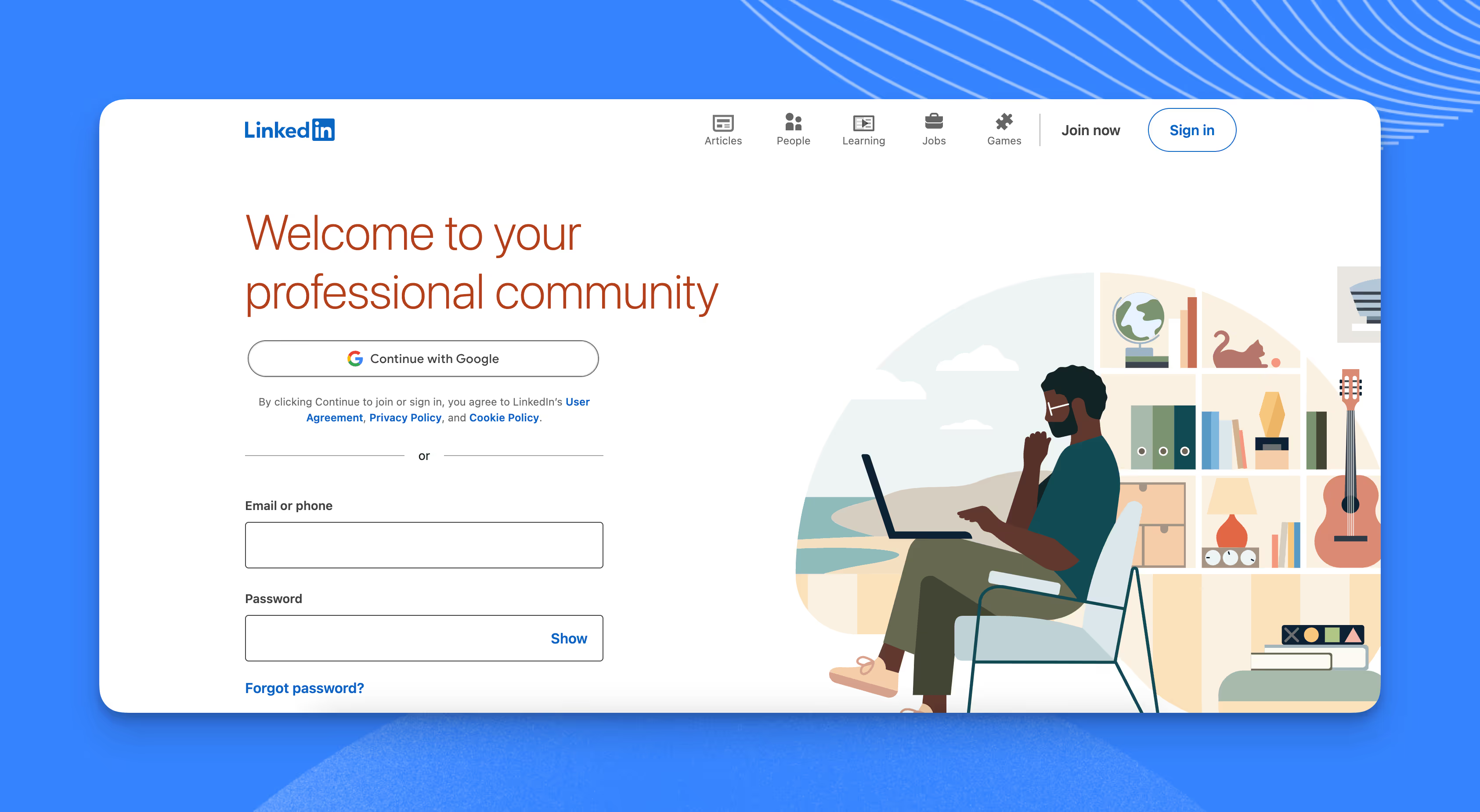
LinkedIn, the professional networking platform, offers a freemium model. The free version allows users to create profiles, connect with others, and browse job postings.
Users need to upgrade to a premium subscription to access advanced features like detailed analytics. This model has been key in LinkedIn's growth, attracting users who need these advanced features.
4. Feature-based pricing
Feature-based pricing is a SaaS monetization strategy where customers pay based on the features they use. This can be a good option for products with a wide range of features.
Here's how it works:
- Identify features: You start by identifying the different features of your product. Then, you categorize them into tiers.
- Set prices: Next, determine the price of each tier or package. Consider the features' value and your target market.
- Offer choices: Customers can mix and match features to create a custom plan that meets their needs. Alternatively, you can create bundles based on your customer insights.
Example: Dropbox
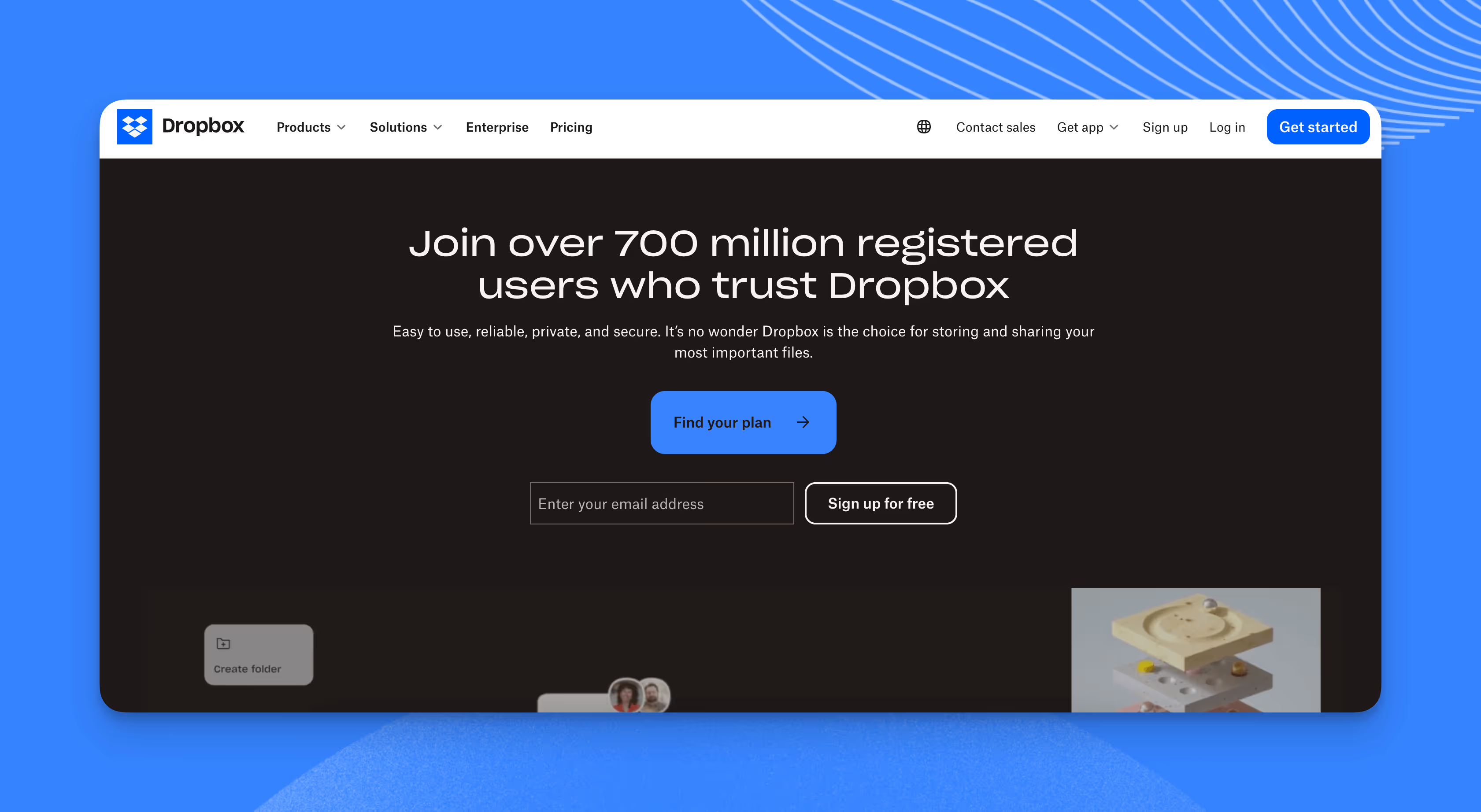
Dropbox, the cloud storage platform, uses feature-based pricing. They offer a free plan with limited storage. The paid plans have more storage and additional features, such as file sharing and password protection. In this case, their strategy also includes freemium models.
5. Tiered pricing
Tiered pricing is a model where you offer different service levels or features at various price points. Think of it like choosing a seat on an airplane — economy or first class. Each tier comes with a different set of perks and a corresponding price tag.
Here's how it works:
- Multiple levels: You create multiple pricing tiers, each with a distinct set of features, usage limits, or support options.
- Upselling opportunities: Tiered pricing makes it easier to upsell customers to higher plans as their needs grow.
- Market segmentation: Tiers can appeal to different customer segments based on their budgets and needs.
- Value perception: Defined tiers help customers understand the value they get at each price point, making it easier for them to choose the right plan.
Example: Format
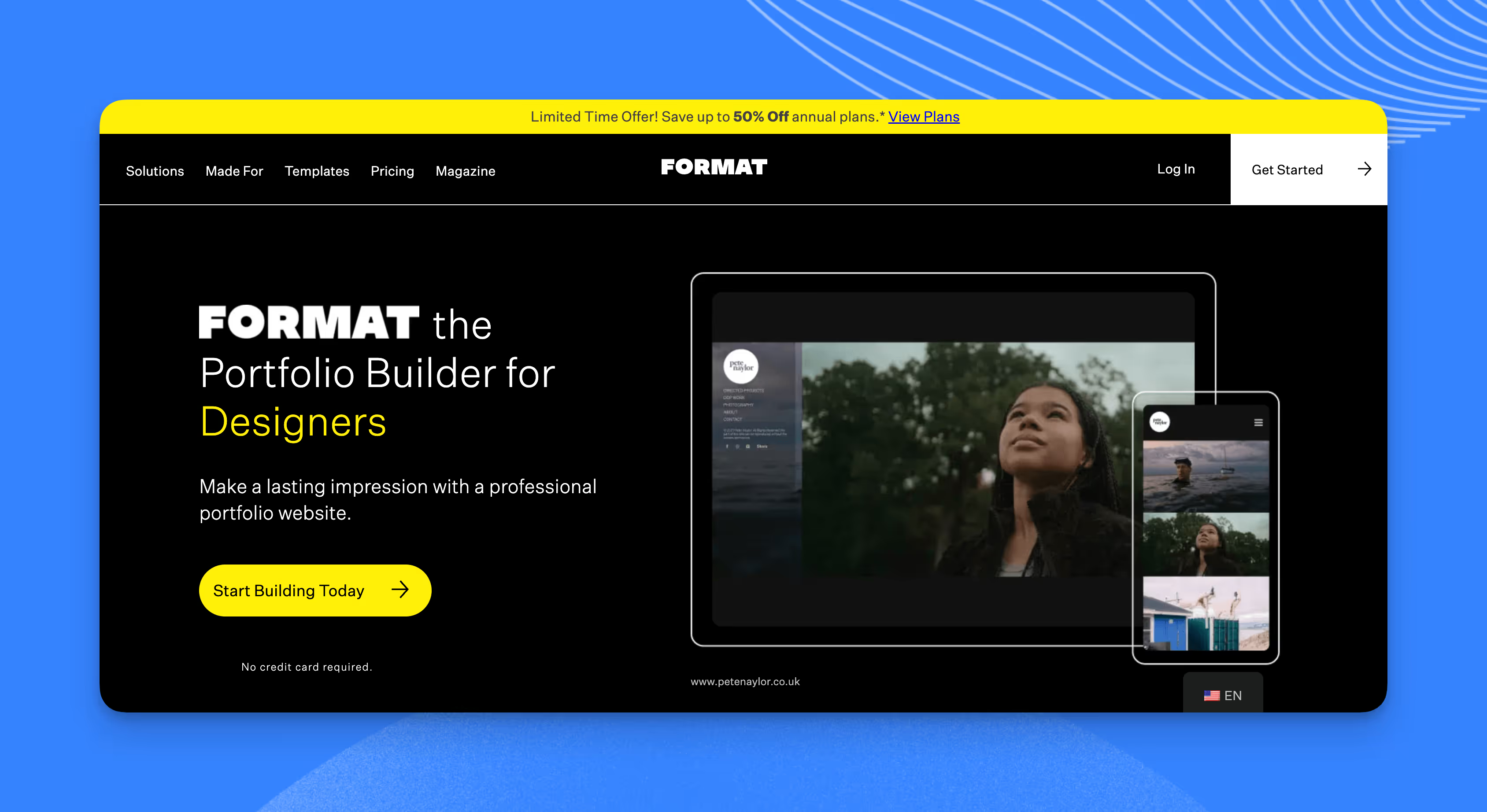
Format, the professional portfolio builder, effectively uses tiered pricing. It offers Basic, Pro, and Premium plans, each with increasing levels of features and benefits.
The model allows them to attract a broader range of customers. This includes those seeking a simple portfolio and those needing custom domains and marketing tools.
6. Value-based pricing
Value-based pricing is a strategy to set prices based on your SaaS product’s perceived value. It's not just about the cost of creating the product; it's about the benefits your customers get from using it.
Here's how it works:
- Perceived customer value: You need to understand what your customers value most about your product. Is it the time it saves them? The revenue it helps them generate? Once you know this, you can tailor your pricing to reflect that value.
- Pricing based on benefits: Instead of focusing on costs, you focus on your product's benefits. For example, if your product helps a business save $10,000 annually, you could price it at $1,000 per year and still offer immense value.
- Justification: Value-based pricing requires clear communication of the value proposition to customers. This might involve using case studies, testimonials, or ROI calculators. The aim is to help customers understand the tangible benefits they'll receive.
Example: Hubspot
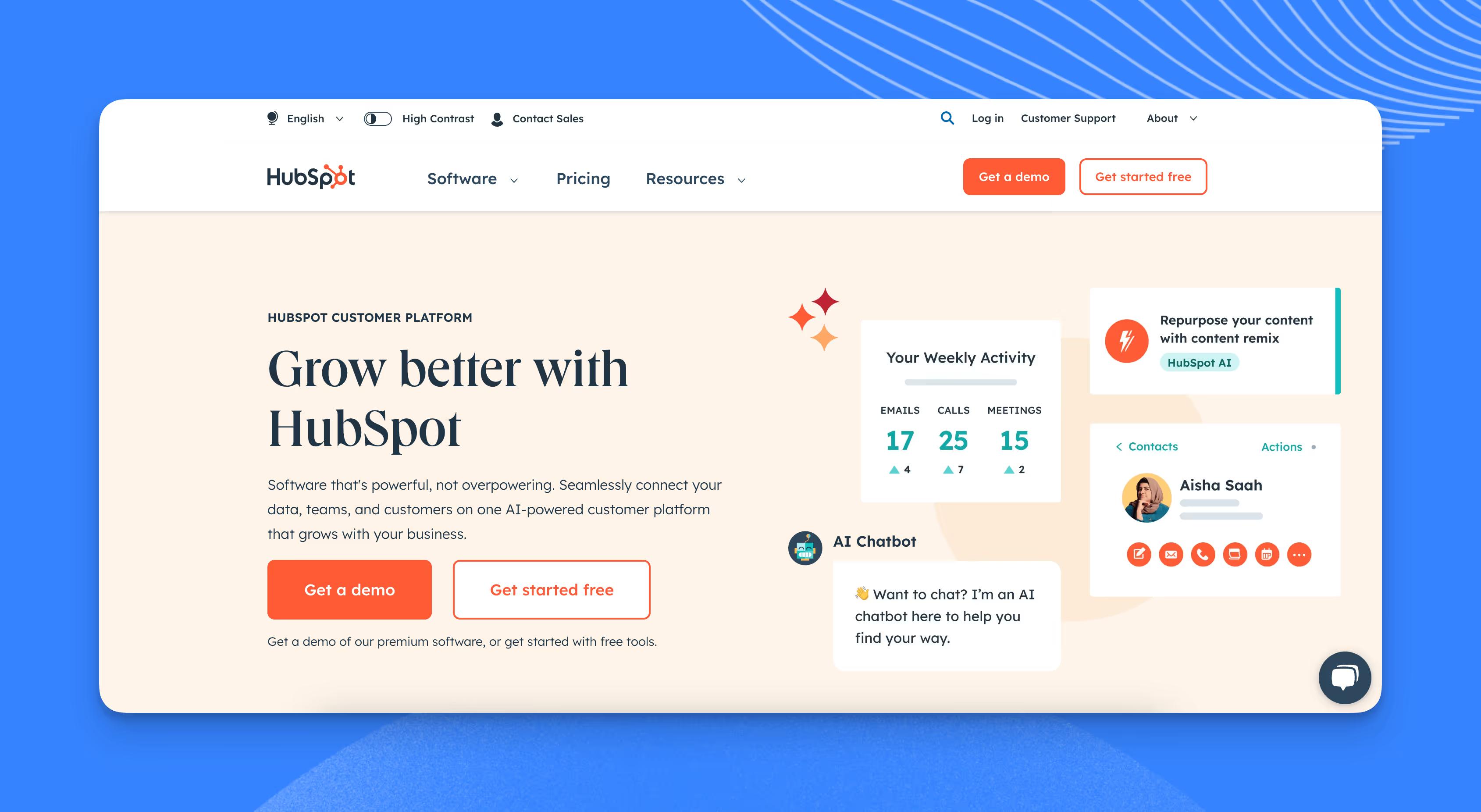
HubSpot, the marketing and sales platform, uses value-based pricing. Their pricing model is based on the return on investment (ROI) their customers gain. Their offering is designed to address their customer base's specific needs and goals.
7. Dynamic pricing
Dynamic pricing is a strategy where you adjust your prices in real time based on various factors like demand, user behavior, or even time of day. It's a way to optimize your pricing to match the current market conditions.
Here's how it works:
- Real-time adjustments: Your prices aren't fixed; they change based on predefined rules or algorithms. This allows you to respond quickly to changes in demand.
- Demand-driven: When demand is high, prices increase. When demand is low, prices decrease. This helps balance supply and demand, ensuring your product is always available while maximizing your revenue.
- Data-driven: Dynamic pricing relies heavily on data analysis. You need to track customer behavior, market trends, and competitor pricing. This will help you decide when and how to adjust your prices.
Example: Amazon Web Services (AWS)

AWS incorporates dynamic pricing into its Spot Instances offering. Spot Instances allow customers to bid on unused AWS computing capacity, fluctuating prices based on supply and demand.
This allows AWS to maximize the utilization of its resources while providing customers with cost-effective options for running their workloads.
8. Cross-selling and upselling
Cross-selling and upselling are strategies that focus on increasing the value of each customer. A fast food order gives us helpful examples to draw from: "Would you like fries with that?" (cross-selling) or "Would you like to supersize your order?" (upselling).
Here's how it works:
- Cross-selling: This involves offering complementary products or services to your existing customers. For example, you could cross-sell a time-tracking tool if you sell project management software.
- Upselling: This means encouraging customers to upgrade to a higher-priced plan with more features. For instance, if you offer a basic email marketing tool, you could upsell a more advanced plan with segmentation features.
- Building relationships: Customers like feeling seen regarding their specific needs. By offering additional features, you strengthen your relationship with them.
Example: Salesforce

Salesforce is a great example of a company that effectively uses cross-selling and upselling. It offers a wide range of products and services that complement its core CRM offering, including marketing automation, customer service, and analytics tools.
Since Salesforce’s offerings can be added to their core CRM modularly, cross-selling and upselling are more accessible for them. This has allowed Salesforce to significantly increase its revenue per customer and build long-lasting relationships with its clients.
SaaS monetization tactics you should consider
Choosing a suitable pricing model is just one step. Several other tactics can help you fine-tune your SaaS monetization strategy for maximum impact:
- Keep an eye on your pricing: Regularly review how your pricing is performing. Are customers happy? Are you keeping up with your competitors' actions? Don't be afraid to make adjustments based on what you learn.
- Know your customers: Dive deep into how they use your product and what they like about it. This knowledge helps you tailor your pricing and features to their needs and preferences.
- Offer yearly billing discounts: Offer customers the option to pay for a year upfront at a discounted rate. This not only improves your cash flow but also encourages customers to stay longer.
- Keep it simple: Make your pricing easy to understand. Clear and straightforward pricing builds trust with your customers and increases their likelihood of buying.
- Stay adaptable: The SaaS landscape is always changing. Monitor market trends and be ready to adjust your strategies if necessary. This will help you stay ahead of the curve and ensure your monetization strategy remains effective.
Next steps
Once you've mapped out your ideal monetization strategy, the next hurdle is putting it into action. This can be especially tricky when dealing with usage-based pricing or a combination of different models. But fear not — there's a way to simplify the process.
Consider a billing platform like Orb.

Orb is designed to handle the intricacies of SaaS billing, freeing you to focus on what matters most: Your product and your customers.
Here's how Orb can help:
- Billing done for you: Orb takes care of the nitty-gritty details of usage tracking, calculations, and invoicing, eliminating the need for spreadsheets and complex calculations.
- Easy price changes: Orb lets you easily create and modify pricing tiers, discounts, and usage-based metrics. You can quickly adapt to market shifts and customer preferences.
- Warehouse-native integration: Orb integrates effortlessly with your existing tools and processes. Its compatibility with data warehouses ensures a smooth transition to your new pricing model.
Learn more about how Orb can solve your B2B SaaS billing needs.



